Eyelid surgery (technically called blepharoplasty) is a procedure to remove fat–usually along with excess skin and muscle from the upper and lower eyelids. Eyelid surgery can correct drooping upper lids and puffy bags below your eyes – features that make you look older and more tired than you feel, and may even interfere with your vision. However, it won’t remove crow’s feet or other wrinkles, eliminate dark circles under your eyes, or lift sagging eyebrows. While it can add an upper eyelid crease to Asian eyes, it will not erase evidence of your ethnic or racial heritage. Blepharoplasty can be done alone, or in conjunction with other facial surgery procedures such as a facelift or browlift.
Who Is The Best Candidates For Eyelid Surgery?
Blepharoplasty can enhance your appearance and your self-confidence, but it won’t necessarily change your looks to match your ideal, or cause other people to treat you differently. Before you decide to have surgery, think carefully about your expectations and discuss them with Dr. Berger.
The best candidates for eyelid surgery are men and women who are physically healthy, psychologically stable, and realistic in their expectations. Most are 35 or older, but if droopy, baggy eyelids run in your family, you may decide to have eyelid surgery at a younger age.
View Real Patient Blepharoplasty Photos
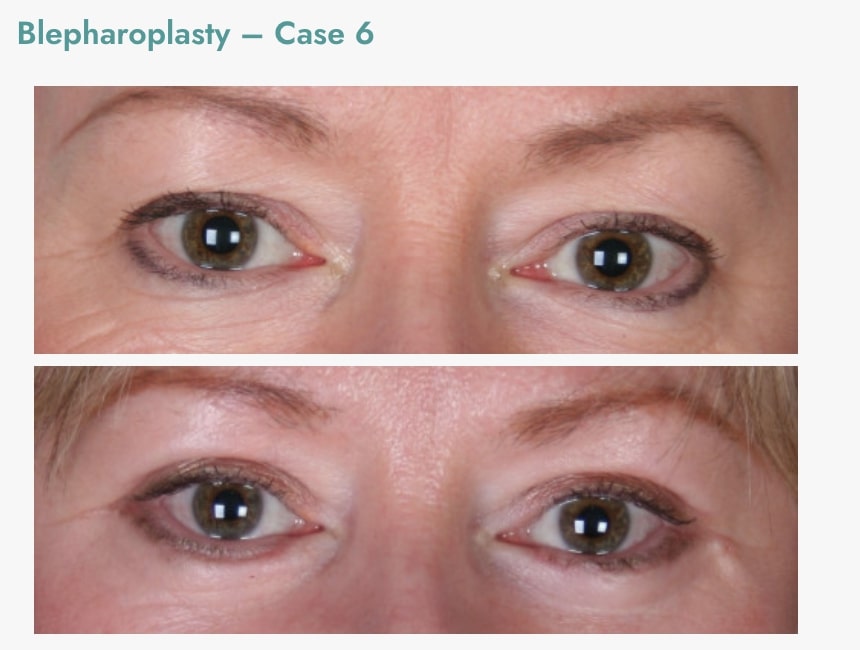
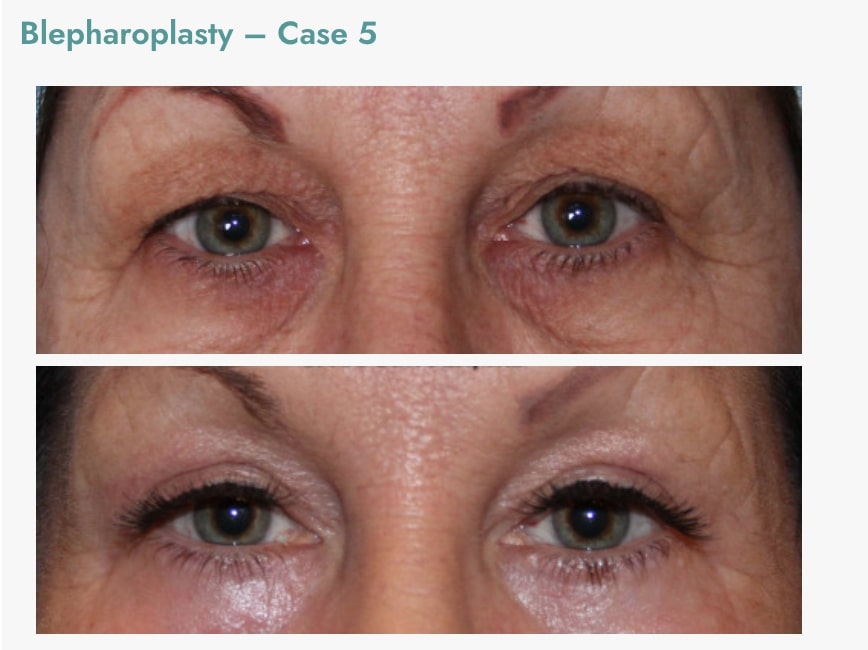
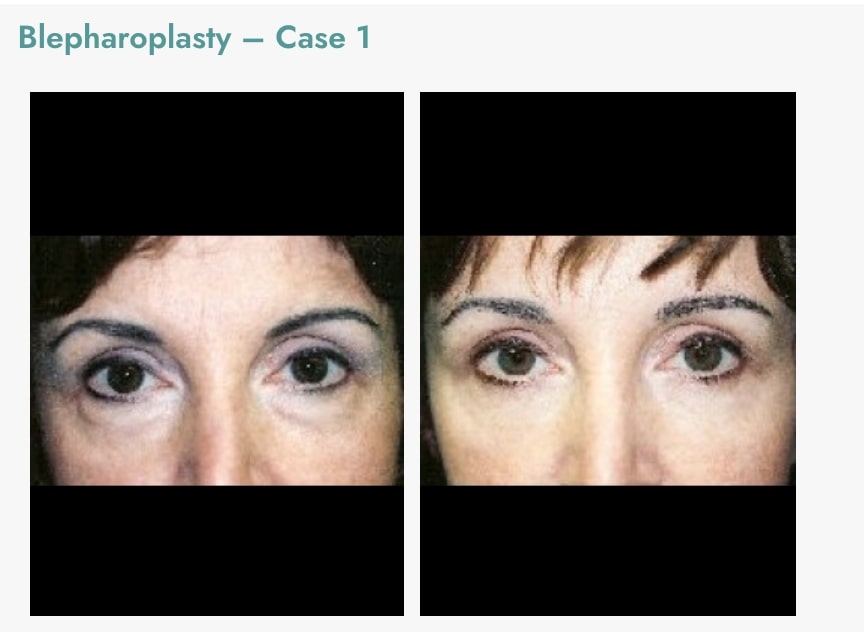
All Surgery Carries Some Uncertainty And Risk
When eyelid surgery is performed by a qualified plastic surgeon such as Dr. Berger, complications are infrequent and usually minor. Nevertheless, there is always a possibility of complications, including infection or a reaction to the anesthesia. You can reduce your risks by closely following Dr. Berger’s instructions both before and after surgery.
Planning Your Surgery
The initial consultation with Dr. Berger is very important. The surgeon will need your complete medical history, so check your own records ahead of time and be ready to provide this information. Be sure to inform Dr. Berger if you have any allergies; if you’re taking any vitamins, medications (prescription or over-the-counter), or other drugs;
and if you smoke.
You and Dr. Berger should carefully discuss your goals and expectations for this surgery. You’ll need to discuss whether to do all four eyelids or just the upper or lower ones, whether skin as well as fat will be removed, and whether any additional procedures are appropriate.
What Can I Expect During A Blepharoplasty Procedure?
Blepharoplasty usually takes one to three hours, depending on the extent of the surgery. If you’re having all four eyelids done, the surgeon will probably work on the upper lids first, then the lower ones.
In a typical procedure, the surgeon makes incisions following the natural lines of your eyelids; in the creases of your upper lids, and just below the lashes in the lower lids. The incisions may extend into the crow’s feet or laugh lines at the outer corners of your eyes. Working through these incisions, the surgeon separates the skin from underlying fatty tissue and muscle, removes excess fat, and often trims sagging skin and muscle. The incisions are then closed with very fine sutures.
What Is The Post-Procedure Recovery Like?
After surgery, the surgeon will probably lubricate your eyes with ointment and may apply a bandage. Your eyelids may feel tight and sore as the anesthesia wears off, but you can control any discomfort with the pain medication prescribed by Dr. Berger. If you feel any severe pain, call Dr. Berger immediately.
You should be able to read or watch television after two or three days. However, you won’t be able to wear contact lenses for about two weeks, and even then they may feel uncomfortable for a while.
How Long Is The Recovery Process?
Healing is a gradual process, and your scars may remain slightly pink for six months or more after surgery. Eventually, though, they’ll fade to a thin, nearly invisible white line.
For an eyelid lift in Burbank California contact board certified plastic surgeon Dr. Saul Berger
Content courtesy of PlasticSurgery.org

As people age, the eyelid skin stretches, muscles weaken, and fat accumulates around the eyes, causing “bags” above and below.
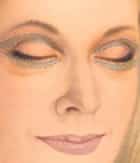
The surgeon closes the incisions with fine sutures, which will leave nearly invisible scars.

Before surgery, the surgeon marks the incision sites, following the natural lines and creases of the upper and lower eyelids.
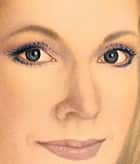
Underlying fat, along with excess skin and muscle, can be removed during the operation.
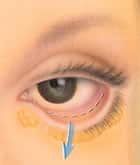
In a transconjunctival blepharoplasty, a tiny incision is made inside the lower eyelid and fat is removed with fine forceps. No skin is removed, and the incision is closed with dissolving sutures.
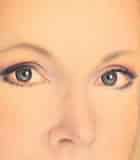
After surgery, the upper eyelids no longer droop and the skin under the eyes is smooth and firm.
Blepharoplasty (Eyelid Lift) FAQs
A blepharoplasty is a cosmetic eyelid procedure designed to improve the appearance of the upper and/or lower eyelids. It is customized for each patient’s situation, and may include tightening of loose skin, removal or sculpting of fat or “bags,” adjusting eyelid position if needed, or combining with treatment of surrounding areas for better harmony. The eyelids have a high potential for fast healing, and these procedures can be performed on an outpatient basis.
The upper and lower eyelids are distinctly different structures in both anatomy and function; hence, it is no surprise that the treatment of each area is quite different. Some of the keys to success in the upper blepharoplasty involve careful consideration of (1) how much skin should be removed; (2) the position of the eye brows in relation to the upper eyelids (they may need lifting); (3) whether fat should be removed or, quite possibly, added for youthful fill; and (4) the level and function of the lid. Keys to success in the lower blepharoplasty involve consideration of (1) how much skin should be removed; (2) the degree of looseness of lid support; (3) the relationship of the eye and the eye socket to the cheek below; and (4) how to handle eyelid fat or “bags.”
To treat the upper eyelids, an incision is typically placed in the natural eyelid fold which makes it essentially invisible. The lower eyelids may be treated through incisions that are completely invisible and “hidden” inside the lower eyelids themselves. Otherwise, an incision can be made extremely close to the lower eyelashes so as to camouflage them well. Eyelid skin has a fantastic blood supply, and demonstrates some of the fastest and best quality healing in the entire body.
Recovery from eyelid surgery is generally easy, and any bruising that may occur is often resolved in the first week or two. Elevation of the head for the first days after surgery, along with ice or cool compresses for the first 48 hours can be extremely helpful in resolving the swelling rapidly. Discomfort is mild, and often patients do not require any pain medication after the first day or two. While individuals who wear contact lenses are instructed on avoiding their use early after surgery, they may resume lens use quickly with proper healing and recovery.
While blepharoplasty is a common and typically safe surgery, certain factors need to be considered at your consultation. If you have any specific eye conditions or diagnoses, such as dry eye syndrome, retinal conditions, or glaucoma, it would be important to confer with your eye specialist to “clear” you for surgery beforehand. Also, certain findings at the time of consultation may indicate that you may benefit from procedures on the adjacent areas, such as the eyebrows or cheeks, as either part of the procedure or instead of the blepharoplasty, depending on your examination. This is a judgment call that will be discussed in detail during your consultation.
Schedule an Eyelid Surgery Consult with Dr. Berger!
Call 818.245.6101 today and book a personalized appointment with Dr. Saul R. Berger to learn more about the Eyelid Surgery! You can also fill out the form in our contact page, and our staff will help you set up your meeting with Dr. Berger. Our practice serves Burbank, and the surrounding areas of California.